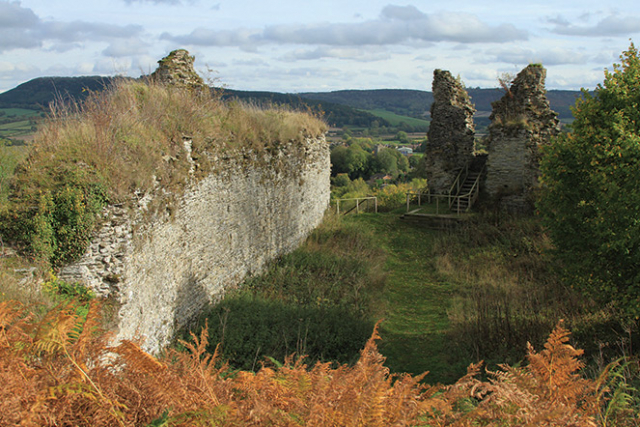Out and About: the central Marches of Wales and the Mortimer family of Wigmore
Historian feature

Tranquil area, turbulent history: the central Marches of Wales and the Mortimer family of Wigmore
Paul Dryburgh and Philip Hume enable us to see the interaction of one prominent family with the area that they dominated.
The central Marches span the English/Welsh border in an area that encompasses the picturesque landscapes and market towns of north-west Herefordshire, south-west Shropshire, and Radnorshire which has also the rugged uplands to the west. Today, the area is often described as ‘tranquil’; however, in the medieval period, as a section of a disputed border region dominated by Marcher lordships, it was far from tranquil. The area’s large number of ruined castles and earthworks bear witness to the turbulent and violent centuries as English kings, Marcher lords, and Welsh princes contested for control. Above all others, the Mortimer family stamped its imprint on the area. In the years after the Conquest, the Mortimers were granted land across England, with their ‘caput’ at Wigmore in north Herefordshire. From Wigmore, through conquest in Wales, rewards for effective service to the crown, strategic marriages, and direct political action, successive generations of the Mortimers came to dominate first the Welsh Marches then the whole country, becoming one of the most wealthy and powerful families across England, Wales, and Ireland. Through marriage into the royal family, the Mortimers became embroiled in disputes over the succession to the crown at the end of the fourteenth and start of the fifteenth centuries; a grandson, Edward IV, drew on his Mortimer ancestry and inheritance to claim and win the throne...
This resource is FREE for Historian HA Members.
Non HA Members can get instant access for £2.49


